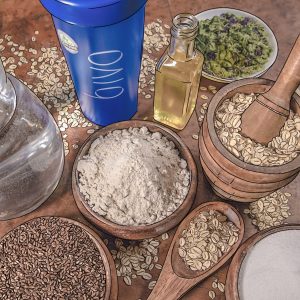Bivo vs Junk Food: the toast

How many time did it happen that you had to eat a quick bite choosing between a toast in a bar or a sandwich in a fast food restaurant?
In everyday life eating out can be really complicated for a person who values her health and is careful about what to eat.
Often the alternatives available have more negative than positive features from a nutritional point of view.
Let’s take as an example the classic toast, which can be found in any Italian bar in its most simple version: bread, cheese slices and baked ham.
Adding some cheese in our diet, in the right proportions, can be positive, because they are important sources of calcium and proteins. Italian DOP (protected denomination of origin) cheese are 48. But these 48 Italian delights have little in common with sliced cheese that can be found in a toast, whose cheese has been often obtained by a mixture of poor quality cheese, if not production residues.
If we speak about great cured meat, Italy, again, can be proud to have products which are famous worldwide for their taste and tradition; think about the prosciutto crudo di Parma (Parma Ham) or the lardo di Colonnata. Unfortunately, the cured meat used to make sandwiches in bars and restaurants are produced with totally different production processes than the DOP cured meat, starting from immensely lower quality raw materials (the meat which is often used comes from the residues of animals used for other productions).
This kind of cheese and ham, which are used by most bars and restaurants, both contains polyphosphates. Polyphosphates are stabiliser additives used to keep the appearance of the product stable in time. Just consider that they are even used in detergents as foaming agent!
In the production process of low quality cheese, different types of cheese are melt together and then polyphosphates are added in order to give the cheese the typical melting consistency.
Polyphosphates can also be used in the production of low quality ham, because they help retain up to 60% of water, lowering the proportion of protein content.
The side effect of polyphosphates is the increase in cholesterol and fats in the blood.
Moreover, from a nutritional point of view a toast is not exactly what your body needs. One toast contains about 250 kcal, too much to sustain your energy and focus in a working day. In addition many calories included in a toast are coming from saturated fats, which should be lowered for the sake of our health. Finally, in a toast vitamins and mineral salts are almost absent.
Probably you are thinking: “If you want a quick meal without spending a fortune (around 5 Euro), you need to make do…”. Bivo show you that this is not true: be smart!
Data about polyphosphates comes from the book “Gli Additivi Alimentari: Che effetti hanno sulla nostra salute?”; Macro Edizioni; Stefania Testa e Marina Mariani;
PS: In the article we have overlooked many aspects, other than those related with people’s health, connected with the consumption of animal meat. We believe that the consumption of meat should be lowered, considering the current habits that our society has, also for reasons which are connected to the conditions how animals are treated, as well as for reasons related to environmental sustainability of the current quantity of meat consumption. If all of us ate less meat, animals would be better off, people would eat much higher quality meat and, most of all, we would help the Planet.




